Walking Barefoot: 6 Health Benefits And Risks
Bare your feet to decrease inflammation, relieve anxiety, and soothe chronic pain.

Image: Shutterstock
Many of us walk barefoot at our homes. But some may find it difficult due to various reasons. However, did you know that walking barefoot benefits your health in many ways and improves your fitness? The practice can have a positive impact on overall health.

While all of us walked barefoot as kids, we probably got accustomed to the different types of footwear as we grew up. It probably is time to revisit that forgotten habit. Here, we have discussed the many advantages of walking barefoot. Continue reading to know more.
In This Article
What Are The Health Benefits Of Walking Barefoot?

Walking barefoot in natural surroundings brings you in contact with the earth. This transfers the earth’s electrons into your body, inducing therapeutic effects. These include reduced inflammation, stress, and pain and improved blood circulation, mood and sleep. Walking barefoot also boosts strength and improves balance and posture.
Dr. Mehmet Yildiz, scientist and blogger, reflected on the impact of barefoot walking on his health in his blog. Inspired by global health communities and supported by medical studies, he incorporated this practice for stress reduction and improved sleep. He writes, “Each time I walked on sand or grass barefoot, I felt some pleasantness in my body…stress melted away and was replaced with joyful feelings.” He further says, “Nowadays, one of my favorite activities is to walk barefoot under the sunlight removing my shirt for 15 minutes to further activate more uplifting neurotransmitters for my brain and gain hormonal balance for my body (i).”
 Quick Tip
Quick Tip1. Can Help Fight Inflammation
Grounding (another name for direct skin contact to the surface of the earth) has been found to produce measurable differences in cytokines, compounds involved in the inflammatory process. Interestingly, this effect can be attributed to the earth’s electrons (1). According to reflexology, applying pressure to those points can energize your systems and provide stress relief, similar to the benefits of walking, promoting overall well-being.
Skin contact with the earth’s surface facilitates the spread of electrons from the earth to the human body. These electrons enter the body through specific acupuncture points and mucous membranes (residing right under the skin) (1).
The antioxidants in our body are made of electrons, which help neutralize free radicals and eventually fight inflammation (2).
Caroline, a blogger, shared her transformative journey in her blog. She noted improved sleep, enhanced productivity, and reduced reliance on coffee as notable benefits, highlighting the holistic impact of embracing this natural practice. She writes, “Barefoot walking gives me pain relief for my back and neck injuries…My mood is always good after a morning walk, and feeling good lasts longer (ii).” Battling depression, she credits barefoot walking, combined with sunrise appreciation, for positively impacting her life.
2. May Promote Cardiovascular Health

Various studies have shed light on the physiological effects of walking barefoot (grounding) in improving cardiovascular health. They also showed a decrease in the blood viscosity levels, an effect that may lower hypertension (3).
However, more research is warranted to highlight the beneficial effects of walking barefoot on cardiovascular health.
3. Can Relieve Anxiety

Grounding was also linked to lower anxiety levels. Subjects dealing with anxiety and depression, when grounded to the earth during sleep in their own beds (using a conductive mattress pad), experienced improvements in their condition (2).
Though the experiment wasn’t performed on subjects actually walking barefoot, the mechanism involved was the same.
4. Can Boost Immunity
The transfer of electrons is the key, again. The body is capable of absorbing and donating electrons to the areas that need immune support (1).
Reports suggest that the disconnection from the Earth could be an important cause of the rise of inflammatory-related diseases that have everything to do with a weak immune system (1). Walking barefoot may correct this.
This is because lack of sufficient electrons in the body can weaken the mitochondria (structures in the body’s cells that are responsible for energy production), eventually leading to chronic fatigue and other issues. Even a minor injury can become a long-term health problem (1).
5. May Help Heal Chronic Pain
The effects of grounding could alleviate pain levels. Some research shows that walking barefoot may reduce pain by altering the numbers of circulating neutrophils and lymphocytes. It also modulates various other factors linked to inflammation (1).
In another study, grounding lead to rapid resolution of painful chronic inflammation. It could even prevent the signs of inflammation following heat, swelling, and pain (1).
However, we do not recommend you take a walk (let alone walking barefoot) if you have a serious injury.
6. Can Promote Better Sleep
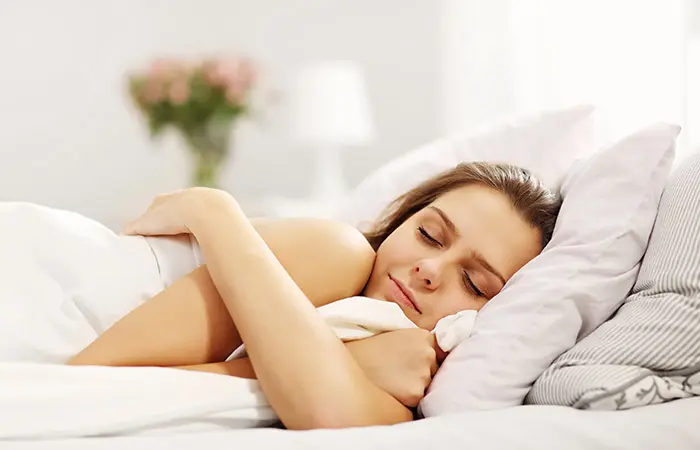
Walking barefoot can also induce better sleep. The earth’s electrons spread to your body and cause multiple beneficial psychological changes, including enhanced sleep every night (2).
Grounding also helps normalize the day-night biological rhythms. This helps you relax and sleep better (4).
7. May Promote Eyesight
There is little research to establish this aspect. This effect might have more to do with the reflex points on the foot that are connected to the optic nerves (5).
Isn’t it astonishing that something as simple as walking barefoot can change your life in important ways? However, this activity doesn’t come with certain caveats.
Even though barefoot walking has many health benefits, ancient customs and spiritual activities have long valued it. Scroll down to know more.
Historical And Cultural Contexts Of Barefoot Walking
Barefoot walking, a practice with profound and spiritual implications in India and other Asian countries, is particularly beneficial for grounding the body, especially in the context of yoga and meditation.
In Indian culture, taking off shoes is considered a show of respect, humility, and purity in Indian culture, particularly at places of worship. Shoes are traditionally taken off before entering temples, houses, or even yoga studios, illustrating the significance of removing oneself from the outside world in order to re-establish a connection with one’s inner self.
Yoga And Meditation Practices
Yoga practitioners are encouraged to practice barefoot, particularly in Hatha and Ashtanga. These yoga poses enhance posture and balance while also allowing improved energy flow through the chakras, especially the root chakra, which is situated at the base of the spine. Barefoot walking can energetically boost the root chakra, which is linked to emotions of security, stability, and earthly connection.
In addition, according to Ayurvedic texts, the feet are strong prana channels, just like the hands. Walking barefoot is believed to aid in the body’s removal of excess heat and toxins, particularly when done on natural surfaces like grass, sand, or earth.
Despite the rich history and long list of benefits, there are certain risks involved that you must check before practicing walking barefoot. The following section talks about the same.
Key Takeaways
- Walking barefoot may help decrease hypertension and promote cardiovascular health.
- It may reduce stress, and lower anxiety levels.
- It may promote better sleep.
- Walking barefoot on contaminated soil may lead to hookworm infection.
- Before walking barefoot outside, practice walking indoors.
What Are The Risks Associated With Walking Barefoot?
Without proper foot strength, you might expose yourself to potential harm when you walk barefoot, out in the open. This is especially true if you are just starting to walk barefoot, after spending the majority of your life walking in shoes.
One such risk is that of infections. Some studies show that walking barefoot can lead to diabetic foot disease in susceptible individuals (6).
It is also important to consider the surface you are walking barefoot on. Walking barefoot on contaminated soil can lead to hookworm infection (7). The larvae (immature worms) present in the contaminated soil can penetrate the skin of humans.
You may also want to avoid walking barefoot in areas usually associated with fungal infections. These include swimming pools, locker rooms, the gym, and the beach (8).
Regular barefoot walking can enhance foot mechanics and build foot muscles, but it is vital to make the switch gradually to prevent injuries. Muscle strains or overuse problems might result from rushing into barefoot walking without proper conditioning. Paying attention to your body and gradually increasing your tolerance is essential. Additionally, it’s best to speak with a healthcare provider before adding barefoot walking to your regimen if you already have foot issues like bunions, plantar fasciitis, or flat feet. This approach ensures a safer procedure and lessens the chance of making any underlying problems severe.
Apart from these risks, walking barefoot on a cold floor may cause other issues too. Find out more in the next section.
Effects Of Walking Barefoot On A Cold Floor
Some believe that walking barefoot on a cold floor may increase the risk of common cold. A randomized clinical trial studied the effects of acute cooling of the feet and the onset of a cold. It was observed that 13 out of the 90 healthy subjects reported the onset of a cold within 4 to 5 days of chilling their feet (9). While more studies are needed to understand this link, avoid walking barefoot on cold floors if you are sensitive to low temperatures.
There are a few ways you can ensure you can safely walk barefoot. We will explore them in the following section.
How To Walk Barefoot Safely
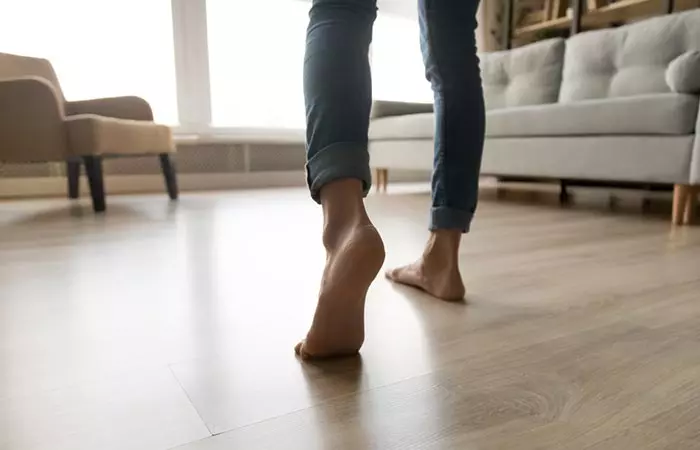
Like everything else, this takes time and patience. Please remember the following:
- Start slow. You must give your feet and ankles enough time to adapt to the new environment. Start with walking barefoot on new surfaces for about 10 minutes every day. As your feet get accustomed, you can increase the time and distance.
- Walk indoors. Before heading out, you can practice walking barefoot indoors. Your house would be a much safer place to start walking barefoot.
- Ease up if needed. Remember, this is not a chore and must be a pleasant sensory experience. If you feel any kind of pain and discomfort, stop. Take some rest and resume the activity the following day with a little more care.
- Do foot-balancing exercises. These can further strengthen your feet and keep you better prepared for walking outdoors barefoot. You can do these right inside your home. You can balance yourself on one foot or even flex and stretch your feet.
- Combine mindful practices like yoga or meditation with barefoot walking, especially if you plan to do it in a park or more natural outdoor surroundings, to strengthen your bond with nature.
- Start with short walks and gradually increase the duration as your feet adapt to the change.
- Before going barefoot on new paths, always check them out. Select smooth, soft surfaces, such as sand or grass, to reduce the chance of injury and increase foot strength. Look for hidden hazards that may damage bare feet, such as glass, nails, and thorns.
- People with foot pain or flat feet should begin even more slowly, and supportive barefoot footwear may help.
- After going for a barefoot walk, wash and examine your feet.
- Watch for indications of cuts, infections, or discomfort, and keep your toenails trimmed.
According to a survey administered in Auckland to determine the footwear habits of 714 students, it was found that 45% of the participants were classified as habitually barefoot. More than half (56.6%) reported being barefoot most of the time at home and over 50% reported being barefoot half of the time or more during sports. A smaller amount went to the supermarket (19.6%) or took the bus ( 8.3%) whilst barefoot around half of the time or more.
 Quick Tip
Quick TipInfographic: Top 5 Health Benefits Of Barefoot Walking
Whether you have never tried barefoot walking or if it is something you love doing every now and then, this simple practice can surely be incorporated into your daily routine to improve your health. We have summed up the top 5 health benefits of barefoot walking in the infographic below. Check it out and get set walking!

Illustration: StyleCraze Design Team
Walking barefoot benefits your health in many ways. It connects you to the earth directly, promotes mindfulness and may help reduce inflammation, relieve pain, improve joint health and even help you sleep. It may boost immunity and cardiovascular health as well. While you may feel uncomfortable initially, you can pace yourself and find a rhythm that suits you to build a connection to nature. However, do note that walking barefoot may also increase the risk of diabetic foot and hookworm infection. Therefore, make sure to walk in clean areas and follow good hygiene practices afterward.
Frequently Asked Questions
Is it okay to walk barefoot on a treadmill?
It is absolutely okay to walk barefoot on a treadmill. It might only get uncomfortable after a while.
Does walking barefoot make your feet wider?
No, it doesn’t.
How about walking on grass?
Grass could be the best surface you can walk barefoot on. It is the closest you can get to the Earth.
How long should you walk barefoot a day?
There is no prescribed duration for barefoot walking, but you should begin slow and practice walking for 10-15 minutes each day for the first few weeks to ease yourself into the habit.
Does walking barefoot strengthen your feet?
Yes. According to research, walking barefoot may strengthen your feet and make them more pliable (10).
Can walking barefoot cause nerve damage?
No, walking barefoot does not cause nerve damage. However, those with existing nerve damage, such as peripheral neuropathy, should avoid walking barefoot to minimize the risk of further injury.
Can you get plantar fasciitis from walking barefoot?
Habitually walking barefoot over a long period of time may wear down the heel pads on your feet and lead to plantar fasciitis or heel pain.
Is it good to walk barefoot on concrete?
Walking barefoot on concrete and other similar hard surfaces may put excess pressure on the heels and lead to foot issues in the long run (10). Therefore, it is best avoided or kept to a minimum.
References
Articles on StyleCraze are backed by verified information from peer-reviewed and academic research papers, reputed organizations, research institutions, and medical associations to ensure accuracy and relevance. Read our editorial policy to learn more.
- The effects of grounding (earthing) on inflammation, the immune response, wound healing, and prevention and treatment of chronic inflammatory and autoimmune diseases, Journal of Inflammation Research, US National Library of Medicine, National Institutes of Health.
https://www.ncbi.nlm.nih.gov/pmc/articles/PMC4378297/ - Earthing: Health Implications of Reconnecting the Human Body to the Earth’s Surface Electrons, Journal of Environmental and Public Health, US National Library of Medicine, National Institutes of Health.
https://www.ncbi.nlm.nih.gov/pmc/articles/PMC3265077/ - Earthing (Grounding) the Human Body Reduces Blood Viscosity—a Major Factor in Cardiovascular Disease, Journal of Alternative and Complementary Medicine, US National Library of Medicine, National Institutes of Health.
https://www.ncbi.nlm.nih.gov/pmc/articles/PMC3576907/ - Body-Earthing, The Psychology of Extraordinary Beliefs, The Ohio State University.
https://u.osu.edu/vanzandt/2018/04/18/body-earthing/ - Revisiting reflexology: Concept, evidence, current practice, and practitioner training, Journal of Traditional and Complementary Medicine, US National Library of Medicine, National Institutes of Health.
https://www.ncbi.nlm.nih.gov/pmc/articles/PMC4624523/ - Is walking barefoot a risk factor for diabetic foot disease in developing countries? Rural and Remote Health, US National Library of Medicine, National Institutes of Health.
https://pubmed.ncbi.nlm.nih.gov/17571928/ - About Hookworm
https://www.cdc.gov/sth/about/hookworm.html?CDC_AAref_Val=https://www.cdc.gov/parasites/hookworm/index.html - Preventing and treating fungal infections, Texas A&M University Health Science Center.
https://vitalrecord.tamu.edu/preventing-and-treating-fungal-infections/ - Acute cooling of the feet and the onset of common cold symptoms, US National Library of Medicine, National Institutes of Health.
https://pubmed.ncbi.nlm.nih.gov/16286463/ - The effects of being habitually barefoot on foot mechanics and motor performance in children and adolescents aged 6–18 years: study protocol for a multicenter cross-sectional study (Barefoot LIFE project), Journal of Foot and Ankle Research
https://jfootankleres.biomedcentral.com/articles/10.1186/s13047-016-0166-1
Read full bio of Madhu Sharma
Read full bio of Ravi Teja Tadimalla
Read full bio of Arshiya Syeda
Read full bio of Aparna Mallampalli






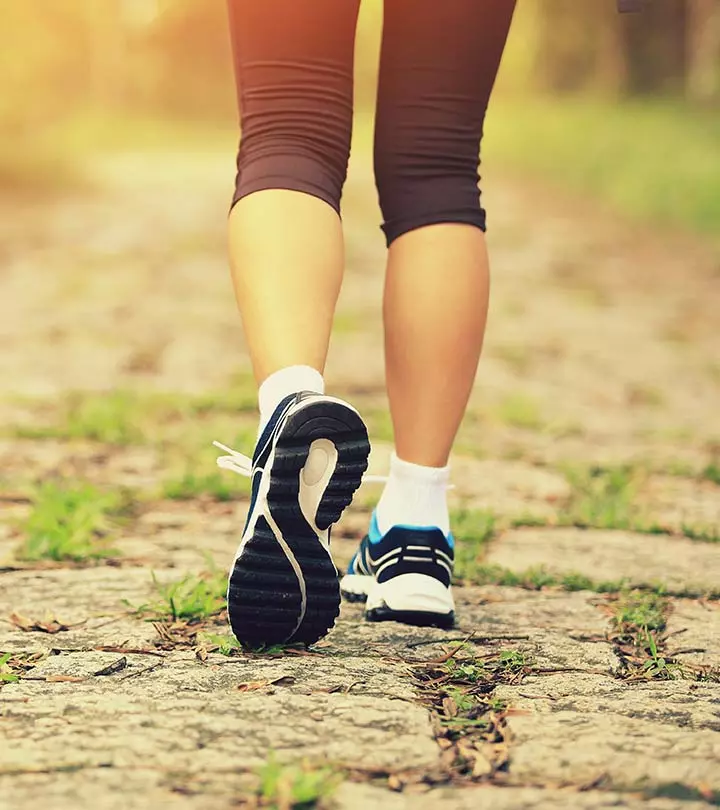
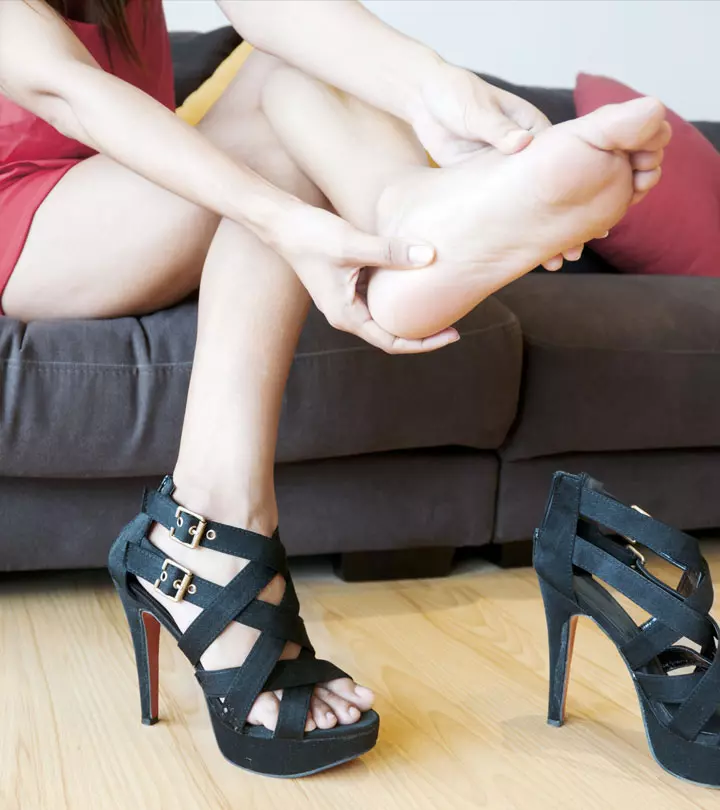

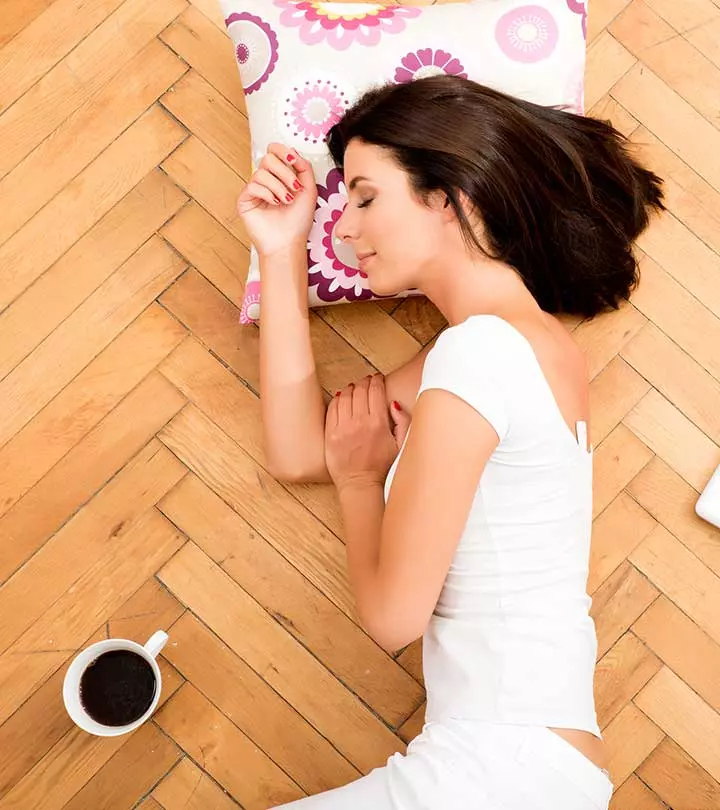


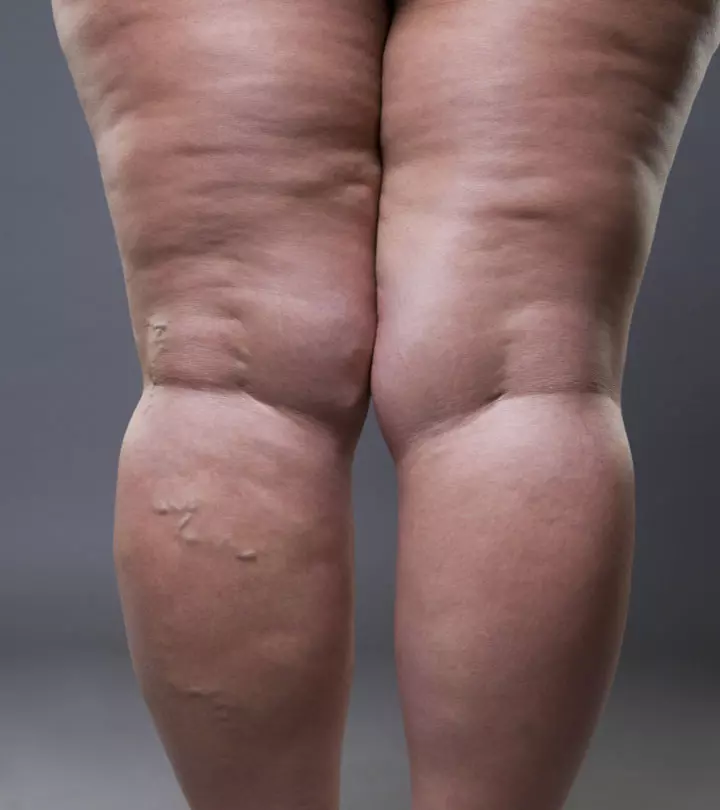



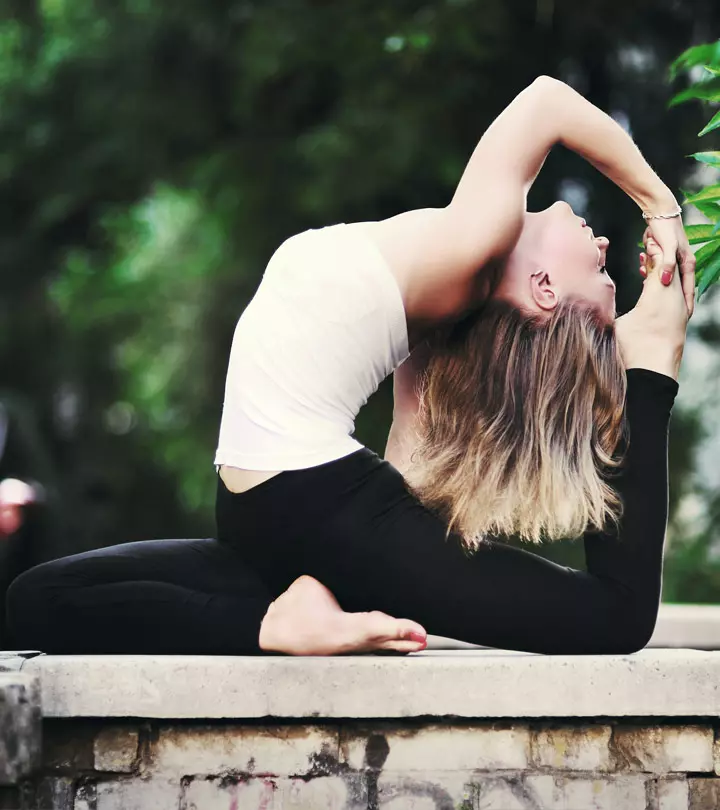




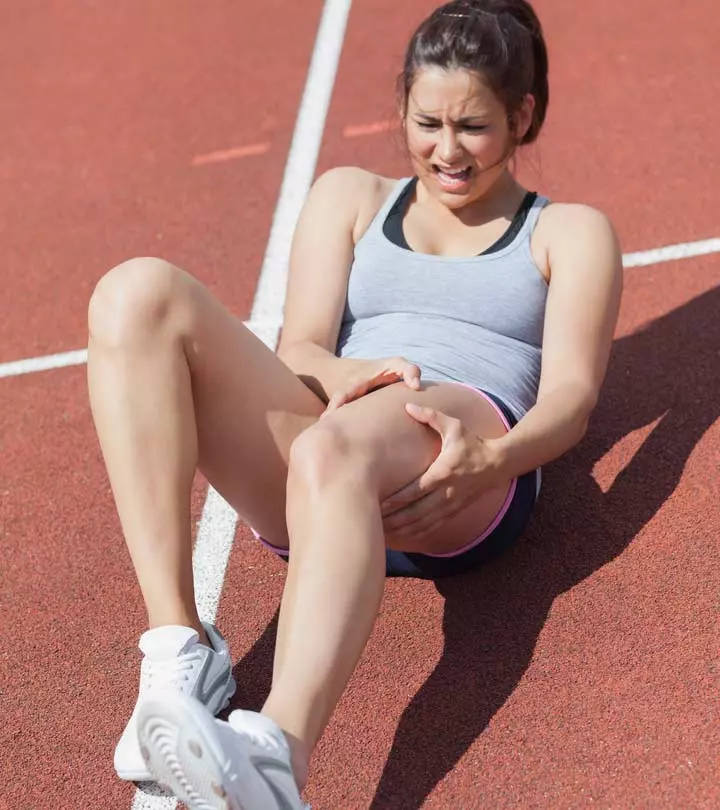


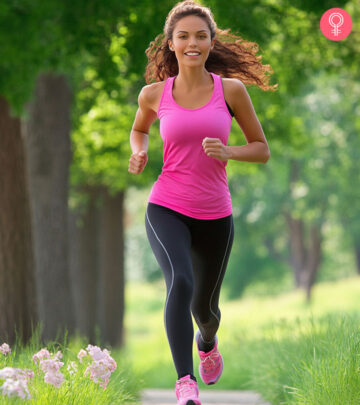


Community Experiences
Join the conversation and become a part of our empowering community! Share your stories, experiences, and insights to connect with other beauty, lifestyle, and health enthusiasts.